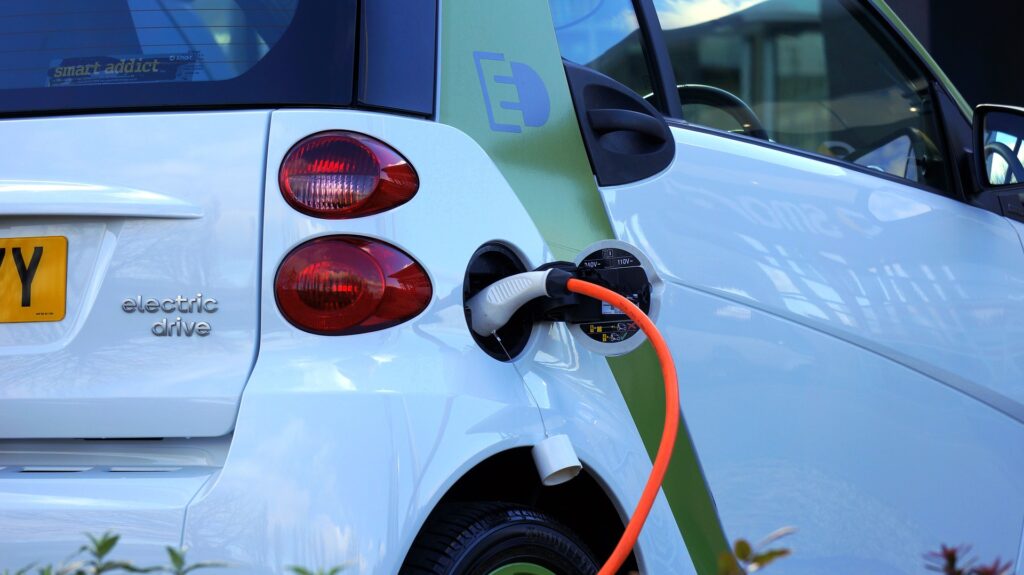
Electric vehicles boast fewer moving parts than fuel-powered alternatives. Combined with periodic, wireless software updates, the lack of oil and mechanical components means that electric vehicles like the Tesla Model 3 and Models S can travel long distances without needing much maintenance.
Vehicle servicing companies have expanded their knowledge and skillset to accommodate electric vehicles. In this guide, we explain what maintenance is required for electric vehicles.
Battery
The battery is the bulkiest and most important component of an electric car.
Users typically bring their battery in for maintenance if they suspect there is a fault. The battery will be visually inspected for dents, leaks or corrosion.
As with all electrical items, the battery will hold less charge over time. The more miles you accumulate with your electric car, the smaller the capacity of the battery. Studies have predicted that the typical lithium-ion electric car battery will be able to travel at least 100,000 miles while still maintaining a good range. This translates to a battery life of around 10-20 years of use. When your battery does begin to lose capacity, a vehicle servicing company can replace it, but after 10-20 years of use most drivers will opt to get a new car altogether.
Brakes
Braking is more efficient in electric vehicles. This is because lifting off the acceleration reduces speed in the same way that the brakes would. The brakes are used less often, making the brake pads less susceptible to excessive wear. This means electric vehicles require less frequent brake maintenance. This will save you money in the long term.
Tyres
In contrast to the braking system, electric vehicle tyres typically receive more wear and tear because of the added weight of the battery. Electric vehicles have more weight bearing down on the tyres than fuel-powered cars, resulting in the tread wearing out at a faster rate.
This makes tyre servicing a common part of electric vehicle maintenance. Tyres will be inspected for a variety of issues, including low tread, punctures and delamination.
Bodywork
There is little difference between the bodywork of an electric vehicle and a fuel-powered vehicle. The bodywork of electric vehicles will need to be checked periodically for signs of damage or rust. However, due to the presence of a battery, extra checks for corrosion will also take place for electric vehicles.
Fluids
Many people assume electric vehicles contain no fluids, but brake fluid, coolant and windscreen wiper fluid are just as crucial for electrical vehicles and require similar maintenance.
Maintenance includes topping up these fluids to the required amounts.
Oaks Services are a leading provider of car maintenance services and MOTs, serving Chertsey, Weybridge, Woking and the wide Surrey area. We provide a wide range of vehicle maintenance services for electric and fuel-powered vehicles alike. Our mechanics are fully trained and qualified to work with many makes and models. From car servicing and repairs to MOT testing, get in touch with our team for a first-rate service from a local, family-run company.

